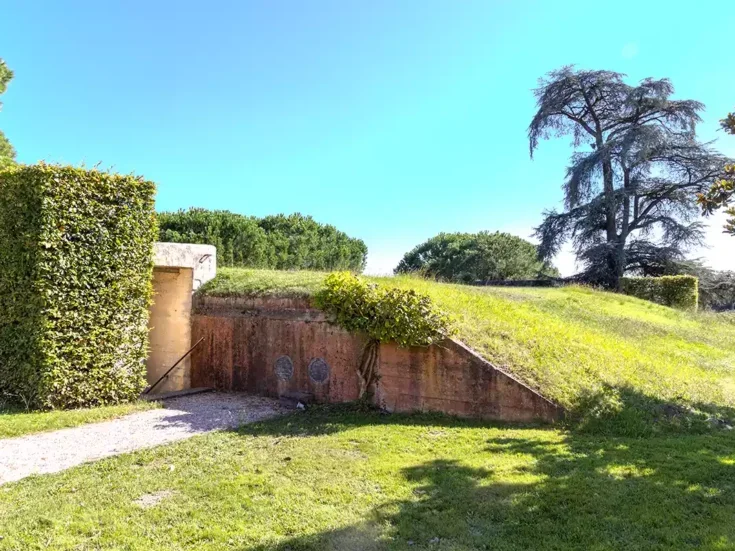
“There is a before and after in the Uco Valley,” affirms Pepe Galante, one of the Argentine winemakers who have been at the forefront of the region’s development. With some 50 vintages under his belt today, Galante has witnessed an enormous transformation in the wine industry of Argentina—from the era of cheap jug wine in the 1970s, to the premium, site-specific, terroir-driven wines of today.
“When we started planting new vineyards in the Uco Valley, the area was completely unknown, and we did not know in which direction to go,” he admits, looking back at the first forays into this booming wine region, which now boasts more than 29,000ha (71,600 acres) of vineyards and is home to the country’s most famous wineries and brands.
“We saw altitude as the great differentiator and looked at how the climate changed at those altitudes.” Although there were many older vines in the Uco Valley, they were planted in lower-altitude areas—effectively, the valley floor. Galante was part of the movement to plant higher into the hills and develop vineyards in the cooler subregions.
The higher-altitude vineyards allowed for greater experimentation into the cool-climate variety of Pinot Noir—even if it has been a steep learning curve. “I remember when we brought in the first selections of Pinot Noir in the early 1990s,” Galante recalls of his time working at Catena Zapata. “We planted it and managed it as we did our other varieties and ended up with wines of 16% ABV! That’s when I first realized that we have to manage these varieties totally differently.”
Pepe Galante: Several years of experimentation
Several years of experimentation and exploration into higher altitudes followed, resulting in earlier harvesting dates, different management in the vineyard, and radically different winemaking. Pinot Noir has since become a forte of Galante’s, quite notably at his current winemaking post at Salentein. “Pinot Noir has been one of the most challenging varieties to learn about, but it has taught me so much in the vineyard and winery,” he adds, demonstrating an encyclopedic knowledge of how to manage the variety today.
Although he helped make great advances with higher-quality Pinot Noir, Chardonnay, and Sauvignon Blanc wines in Argentina, Galante credits Malbec as being the motor behind these changes. “It was Malbec that really pushed us all to show how this variety expresses itself differently in different places,” he acknowledges. “I now think that rather than making wines, we are making postcards of Malbec… We are trying to be loyal to showing what our landscapes give us. Today, if you taste Malbec from ten different regions, you will get ten different Malbecs—none is better than any other, but they are all different.”
Galante’s humility is perhaps what has made him such a great part of the gradual qualitative change in Argentine wine. His résumé reflects his long-standing commitment and long-term vision: three and a half decades as winemaker at Catena Zapata, before moving to Salentein in 2010.
Beyond his notable contributions as a winemaker, though, Pepe Galante has also been one of the greatest mentors in the Argentine wine industry, teaching and advising the younger generations, and providing a living legacy for the future.
South America’s magnificent seven: Aurelio Montes
South America’s magnificent seven: Álvaro Espinoza
South America’s magnificent seven: Susana Balbo
South America’s magnificent seven: Pablo Morandé
South America’s magnificent seven: Roberto de la Mota
South America’s magnificent seven: Francisco Carrau






